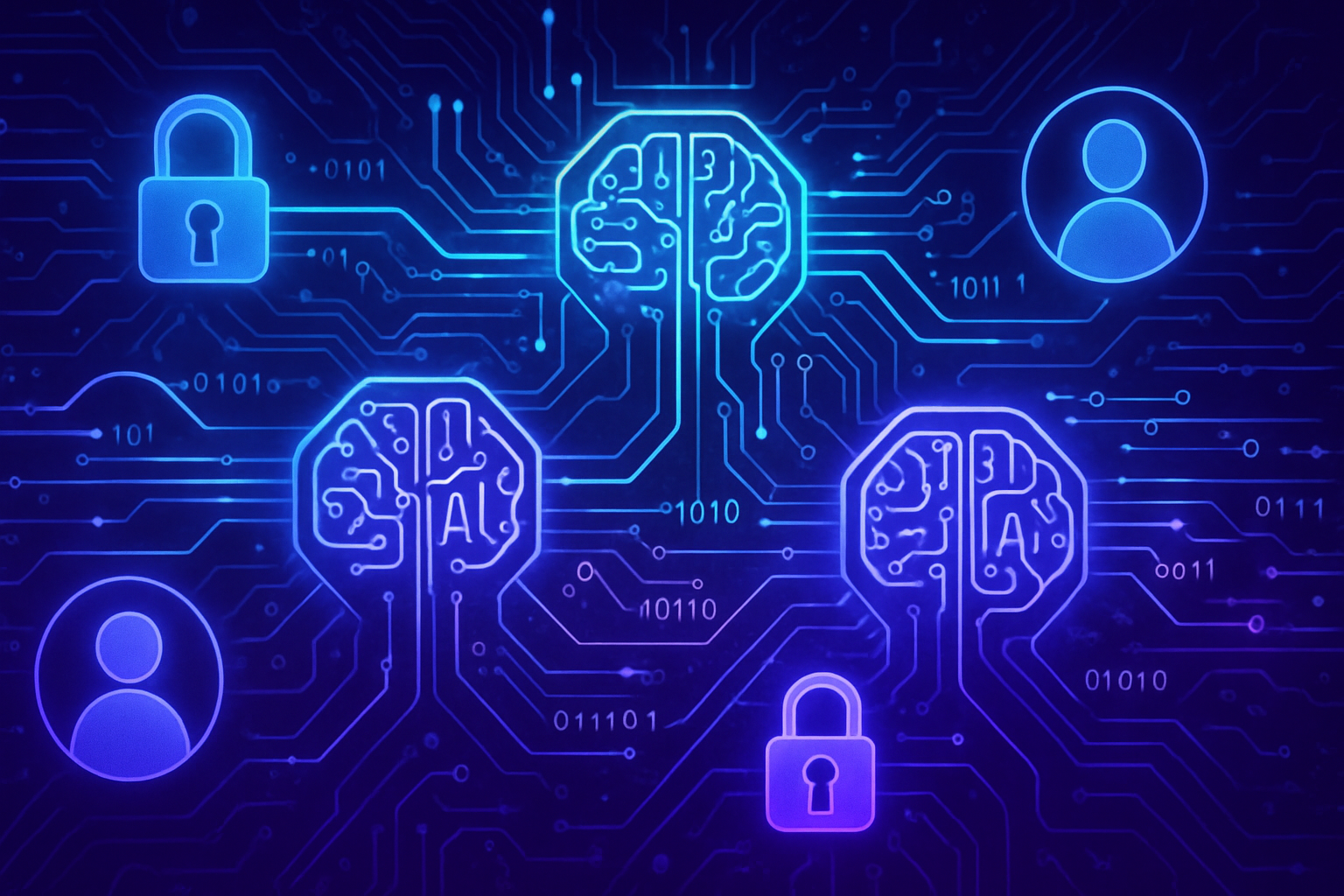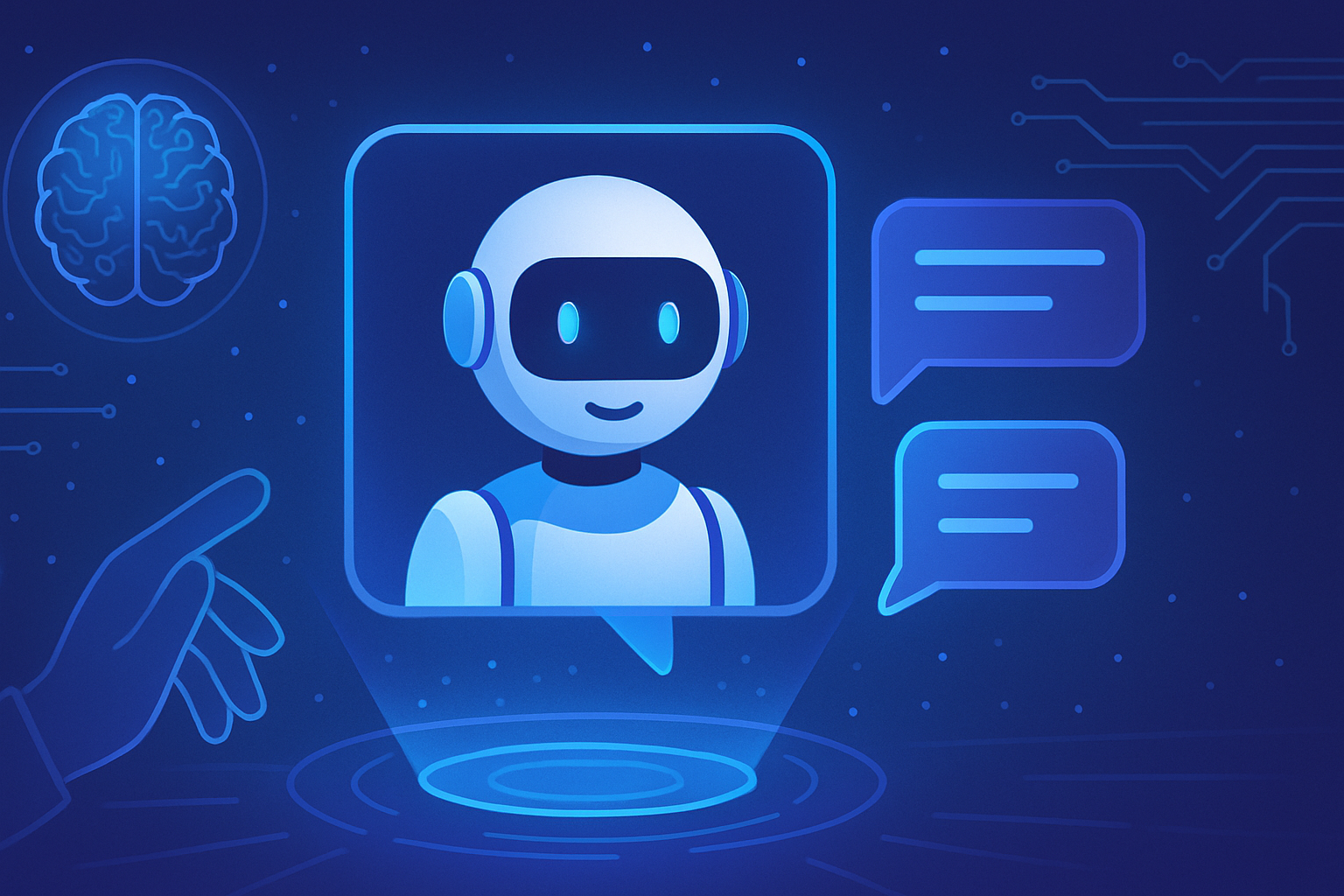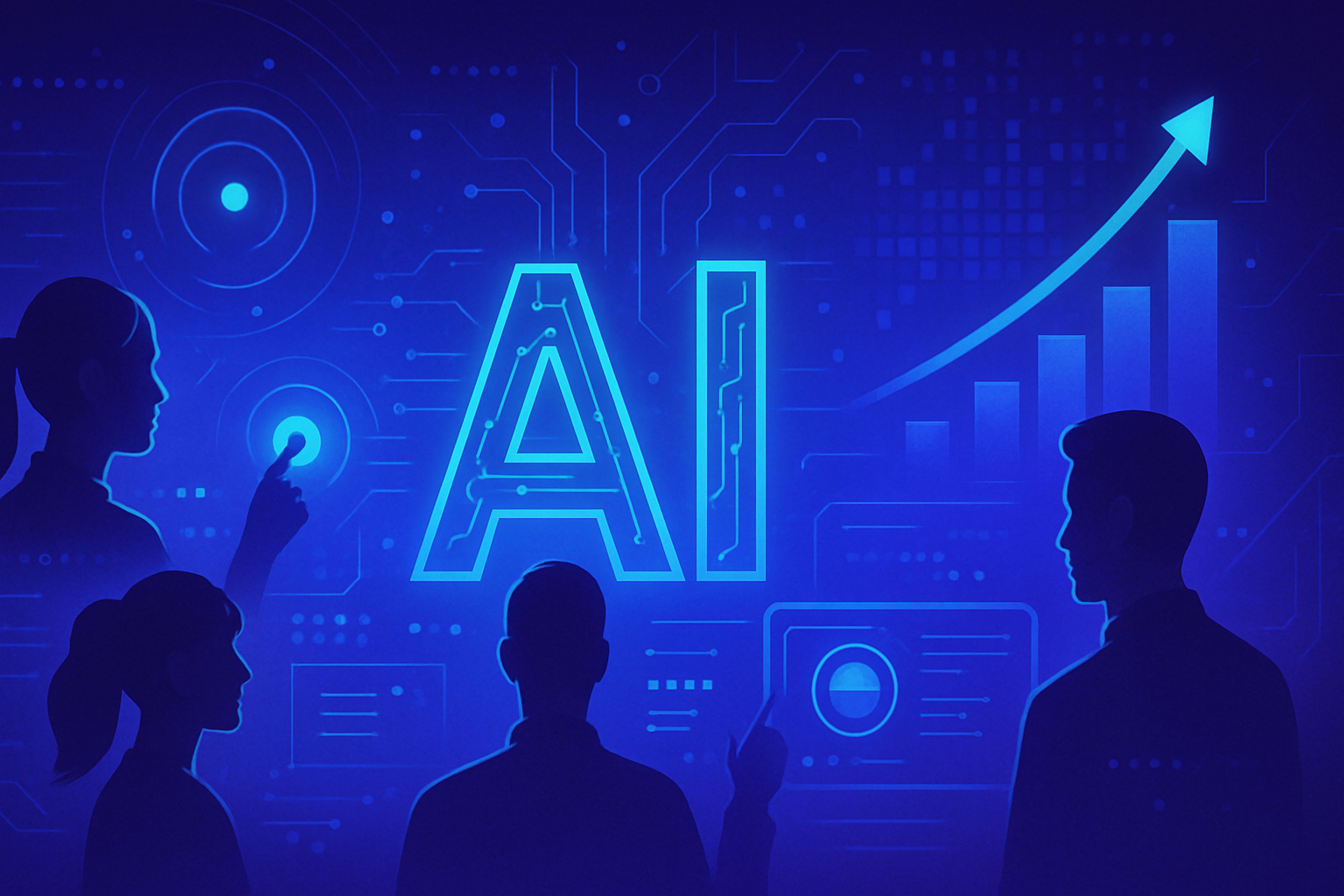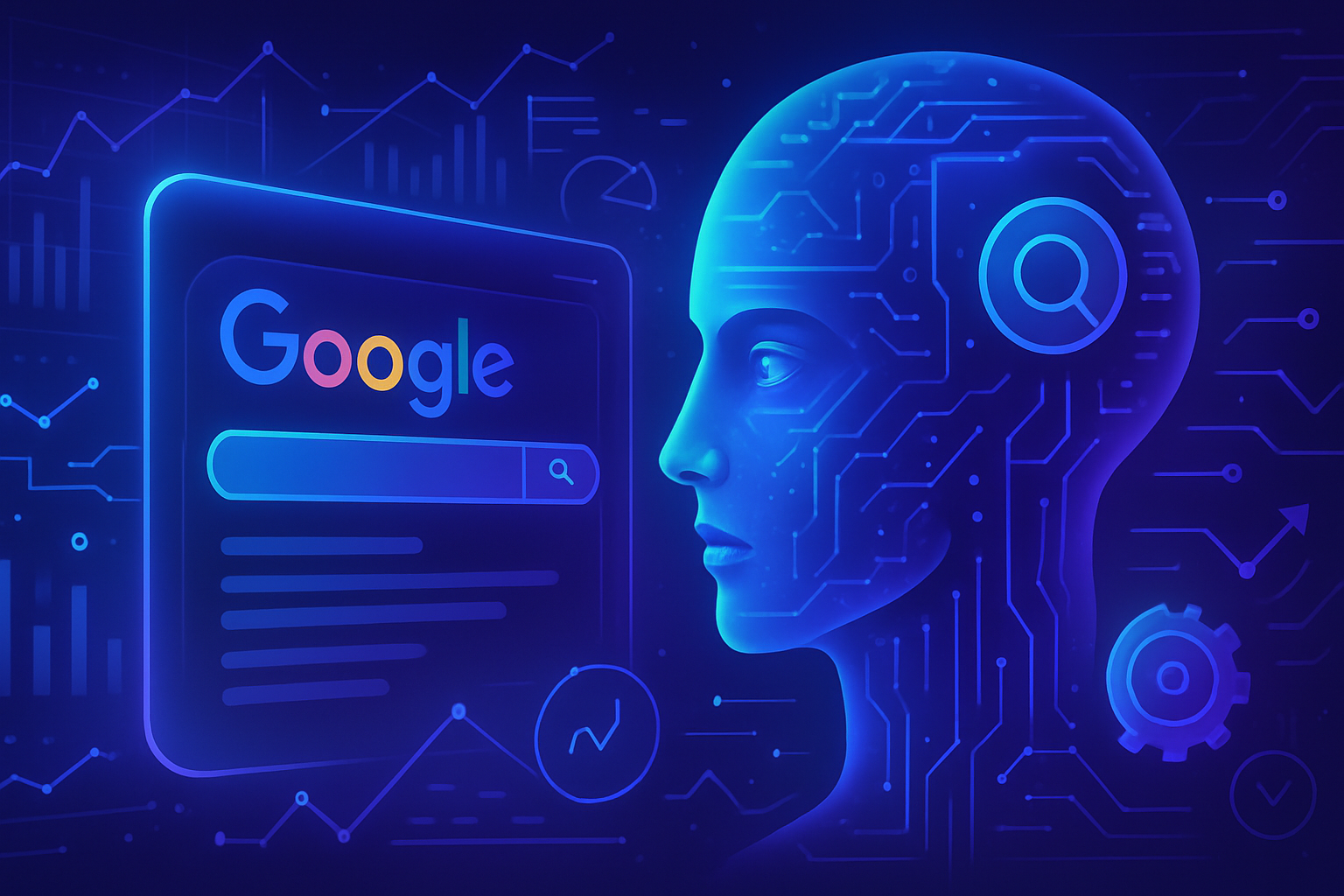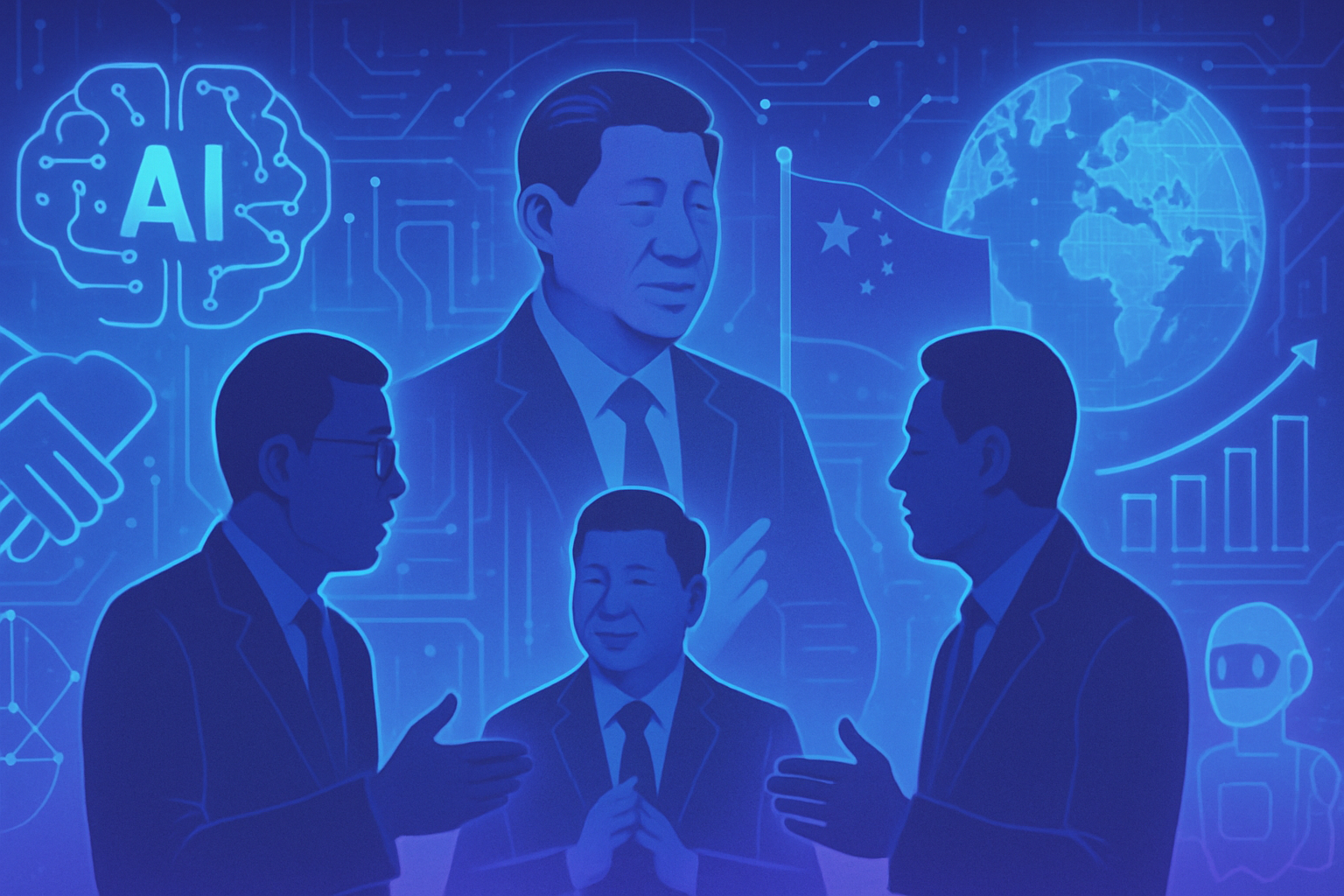The interoperability of artificial intelligences represents a fundamental issue to ensure digital emancipation. Indeed, the growing dependence on AI systems raises major concerns regarding the protection of individual liberties. Users must be able to access their piece of brain without hindrance, thus ensuring intellectual autonomy in a technological ecosystem that tends to lock itself down. In the face of current challenges, preserving access to a fluid and secure exchange environment is essential to counter monopolistic drift and promote an ethical evolution of AIs.
The rise of generative artificial intelligences
Generative artificial intelligences are rapidly becoming integrated into our daily lives, significantly altering the way we think and interact. From students to professionals, the use of LLMs (Large Language Models) is becoming commonplace.
Tools like ChatGPT and Grok demonstrate their ability to fit into personal and professional routines. This massive adoption marks a turning point where AI constitutes an essential digital interlocutor, going beyond the role of a mere occasional assistant.
Customization and user memory
The customization of AIs is now based on “user memories.” These databases, derived from past interactions, encompass conversation histories, preferences, and various contexts.
By relying on this memory, AI enhances the quality and relevance of its responses. It adapts to various styles, refines its suggestions, and offers a smoother and more coherent experience. However, this customization leads to a significant informational dependency for the user.
An emerging relational dependency
This connection between the user and their AI goes beyond a simple tool. The digital assistant anticipates and enriches exchanges, thanks to a deep understanding of the individual. This bond, while useful, creates a strong cognitive and relational dependence.
Imagine an exceptional right-hand person trained over several years. If the user is forced to switch AIs, the transition requires considerable time and is accompanied by a loss of efficiency.
The issue of digital lock-in
The question of user profile interoperability arises sharply. Users wonder: how much time have they invested in refining their current AI? What happens in the event of a change? The lack of interoperability results in a structural lock-in that proves both technical and relational.
This lock-in hinders the fluidity of human and cognitive interactions and traps thought patterns in a closed environment. Even more concerning, this phenomenon could promote the emergence of digital monopolies, where tech giants impose their vision to the detriment of individual freedom.
European tools to counter this drift
Currently, Europe has a legal tradition conducive to interoperability and data portability. The example of mobile number portability, established in 2003, illustrates how to free consumers from the chains of operators.
Recently, the DSP2 directive opened the domain of banking data, fostering innovation while protecting users. In the health sector, initiatives like Mon Espace Santé in France ensure the secure circulation of sensitive information.
The importance of regulation
The Data Governance Act (DGA) and the upcoming regulation regarding the European data space aim to establish interoperability of digital systems. The free movement of data must be enshrined as a fundamental principle while respecting their ownership.
These measures, aimed at reducing dependence on tech giants, must also apply to user profiles of generative AIs. Preserving this data is of paramount importance for digital freedom.
Towards a new era of regulation
Europe must now act to impose regulations focused on interoperability and data portability for user profiles. This regulatory framework, centered on the freedom of citizens, is essential to ensure control over the data they provide to LLMs.
Strengthening trust in AI technologies can foster not only market balance but also an ethical approach to digital data. Every user deserves to retain their fragment of cognition, regardless of the platforms they choose.
Frequently asked questions about the interoperability of artificial intelligences
What is the interoperability of artificial intelligences?
The interoperability of artificial intelligences refers to the ability of different artificial intelligence systems to communicate and exchange data smoothly, allowing for effective use of information across various tools and platforms.
Why is interoperability essential for preserving digital freedoms?
Interoperability is crucial as it allows users to maintain control over their data and experience, thus avoiding a lock-in that could restrict their freedom of use and access to diverse services.
How does the lack of interoperability of AIs affect users?
When AIs are not interoperable, users find themselves confined within closed ecosystems, limiting their ability to migrate to other products or services and share their data, thus increasing their dependence on a single provider.
What are the benefits of interoperability for AI developers?
For developers, interoperability facilitates the integration of different technologies, allowing them to enrich their solutions with diverse data and maximize added value for users while encouraging innovation.
What regulations support the interoperability of artificial intelligences in Europe?
Initiatives like the Data Governance Act (DGA) and other data portability legislations foster an interoperability framework by requiring digital systems to ensure the free movement of data.
How can users ensure their data ownership when interacting with AIs?
Users should prioritize AI providers that advocate for interoperability and transparency in data processing, as well as those offering options for transferring and porting their users’ data.
What challenges do companies face in implementing AI interoperability?
Challenges include the standardization of communication protocols, concerns related to data security and privacy, as well as managing the costs associated with transitioning to interoperable systems.
How can interoperability efforts stimulate technological innovation?
By allowing different solutions to interact and share data, interoperability fosters an innovation ecosystem where new applications can emerge, responding to varied user needs in a more agile manner.
